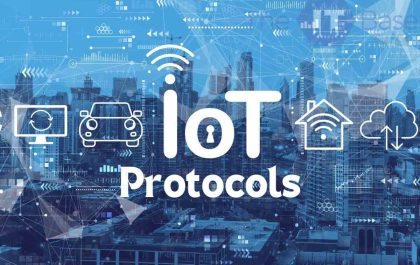The A-GPS system actually means assisted GPS, meaning that the information we can see about the location of a particular point that we are in, is given by some data servers that send them to our devices, being many mobile phones as well as the smartphone among others. On the other hand, a GPS device, that is to say that it is not included in the positives mentioned above, requires that the information on a specific point in which its user is located is provided by satellite, which makes the difference with the devices that It has the A-GPS system.
But the difference not only lies in the way in which information and data is sent from a stationary point where a user is located, but rather that this difference comes in terms of the reception speed that each of his positives have; Thus, an A-GPS system has an almost immediate response about the point where the user is, not being the case of GPS systems, which, depending on a satellite data system, many of the Sometimes the data reception time may take a few minutes, this being the main difference in terms of the technology offered by each of these devices.
Table of Contents
GPS vs. A-GPS
The traditional operation of GPS navigators is based on receiving data on the position of a few satellites that are continuously circling the Earth.
The initial process for the first location of positioning satellites is usually very long in general, on the order of even minutes. It is clear that if we want to go to a place quickly and with the help of the mobile phone’s browser, we cannot wait several minutes for the system to locate the satellites on it, identify them and begin to verify that the data sent to it.
A-GPS
The A-GPS system was introduced to improve the operation of the internal GPS of the terminals. Conventional GPS presents difficulties in giving us precise positions in low signal conditions. For example, when the device is surrounded by tall buildings (as a result of receiving multiple bounced signals), or when the satellite signal is almost nil inside buildings or under trees. In addition, the first time they are turned on in such conditions, some non-assisted GPS systems are not able to download information from GPS satellites efficiently, making them unable to operate until a clear signal is received for at least one minute.
How does the A-GPS work?
With the A-GPS system we are going to take advantage of the fact that we are using precisely a mobile phone to achieve a faster location and positioning as soon as you start the application.
Thus, as soon as we turn on the phone, the antenna identification will be sent to an external server and the phone will get the satellites that are on top of it and its position (they are stored in the external server, and according to our position it will give us the data of some satellites or others), so that the implementation of navigation is faster.
The information we receive to the mobile normally arrives via HTTP, regardless of the operator we have.
The advantages of this system are mainly three, one of them evident:
- Shorter commissioning time.
- Greater autonomy of the battery, since the initial calculations are not made by the phones but already arrives from the external server.
- Less need for strong signals from satellites at the start of navigation.
Also Read: The Next Generation of Mobile Computing -Innovation goes beyond
TheITbase
Related posts
Hot Topics
Metaverse Platforms for Virtual Workspaces
Ever felt like your office is stuck in the Stone Age? Tired of endless Zoom calls that feel about as…
IoT Protocols: The Language of Smart Devices
Ever wonder how your smart fridge talks to your phone? Or how does your fitness tracker know to buzz when…



